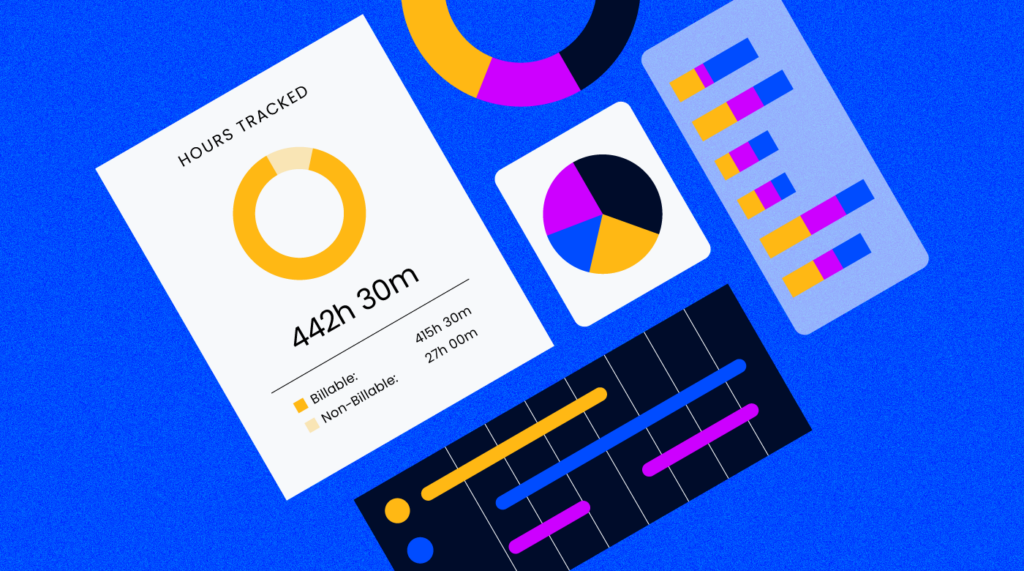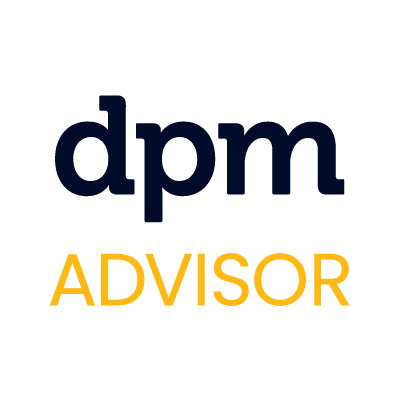Resource management software is useful for optimizing the allocation and utilization of resources within an organization. By effectively tracking and managing assets, whether they're human, financial, material, or time-related, this type of software ensures that projects are completed efficiently and within budget. It allows for better visibility into resource availability, helps in forecasting future resource needs, and aids in identifying potential bottlenecks, ensuring that every project element is properly resourced. This, in turn, leads to improved productivity, reduced costs, and enhanced overall project success.
6 Reasons To Use Resource Management Software
Here are six ways resource management software improves your resourcing capabilities.
- Displays Current Resource Allocations
- Determines True Resource Capacity
- Tracks Resource Utilization
- Predicts Future Resource Availability
- Reduces Unnecessary Downtime
- Improves Hiring Decisions
1. Displays Current Resource Allocations
Before you can devote resources to a new client or project, you must assess whether you have resources available. Resource management software displays what resources you have, how much work is currently on their plates, and whether they have capacity to take on more.
You can use this information to determine several things:
- Whether you need to hire or train new staff to meet rising demand
- What sort of turnaround time you're able to promise your clients
- If your company has the capability to take on the project
With this, project managers can give execs a more accurate estimate of whether they can meet demands. For example, you'll be able to let the higher-ups know that key team members are currently engaged elsewhere and when they will be available, so you can avoid promising a deliverable you can't meet.
2. Determines True Resource Capacity
Resource capacity is the amount of people you have available and the number of hours they're contributing. Resource management software makes this calculation for you.
For example, if a project requires 200 man hours to complete and you need to deliver it in a month, you must first determine how many hours each of your employees has to devote to their work each week before you know the size of the team you must assemble.
A full-time employee might work 40 hours a week, but you should also consider how much time they're required to spend at company meetings and other work functions.
In the example above, if you determine that one worker can devote 35 hours to the task each week, a team with six members on it can complete the deliverable within a month.
3. Tracks Resource Utilization
Resource utilization is making sure that you're using every person on your team without overworking them. Software allows your resource manager to determine whether the team members placed on each project could be used more effectively on other company objectives.
You can use resource utilization analysis to see how effective each of your employees is as well so you know which team members are contributing the most value.
4. Predicts Future Resource Availability
Resource management software improves your resource allocation and planning by helping you determine whether your available resources match your anticipated demand for the future.
If you notice that you're going to have plenty of free resources three months from now, you can begin planning future projects so employees are not without work to do when they complete their current projects.
If one of your teams is on an easy project and projected to become free sooner than you anticipated, you can make plans to move several team members onto a high-priority project instead. If you have more resources at your disposal than projects to complete, you can focus on acquiring new customers so you can put your resources to use.
5. Reduces Unnecessary Downtime
Downtime can be a significant factor in why you're not receiving the return on investment you'd like. Every hour that your project team is off task is wasted money.
While putting too much pressure on your staff can have negative impacts, such as burnout, poor job satisfaction, and employee turnover, finding the optimal balance can save your business a lot of money.
6. Improves Hiring Decisions
Knowing how your resources are currently allocated allows your recruiting team to use your current project management goals to find the right people for your projects.
If you're having an issue with resourcing because you lack team members with a specific skill, you can decide whether it's more effective to train an existing employee to fill a relevant role or to bring on someone new to cover the slack.
If your resource planning software reveals that you won't have the resource capacity you need to hit your upcoming goals, you can use this information to up your onboarding efforts and hire someone to fill the role.
Need expert help selecting the right Project Resource Management Software?
If you’re struggling to choose the right software, let us help you. Just share your needs in the form below and you’ll get free access to our dedicated software advisors who match and connect you with the best vendors for your needs.
What Is Resource Management Software?
Resource management software is a type of software that allows project managers to schedule, allocate, and track where and how much project team members are being used.
Project managers can set priorities for projects and match team member skill sets with tasks and deliverables. You can also monitor team member downtime and utilization, and keep track of whose plate is too full (and whose plate isn't full enough).
Learn more about what resource management software is used for here.



